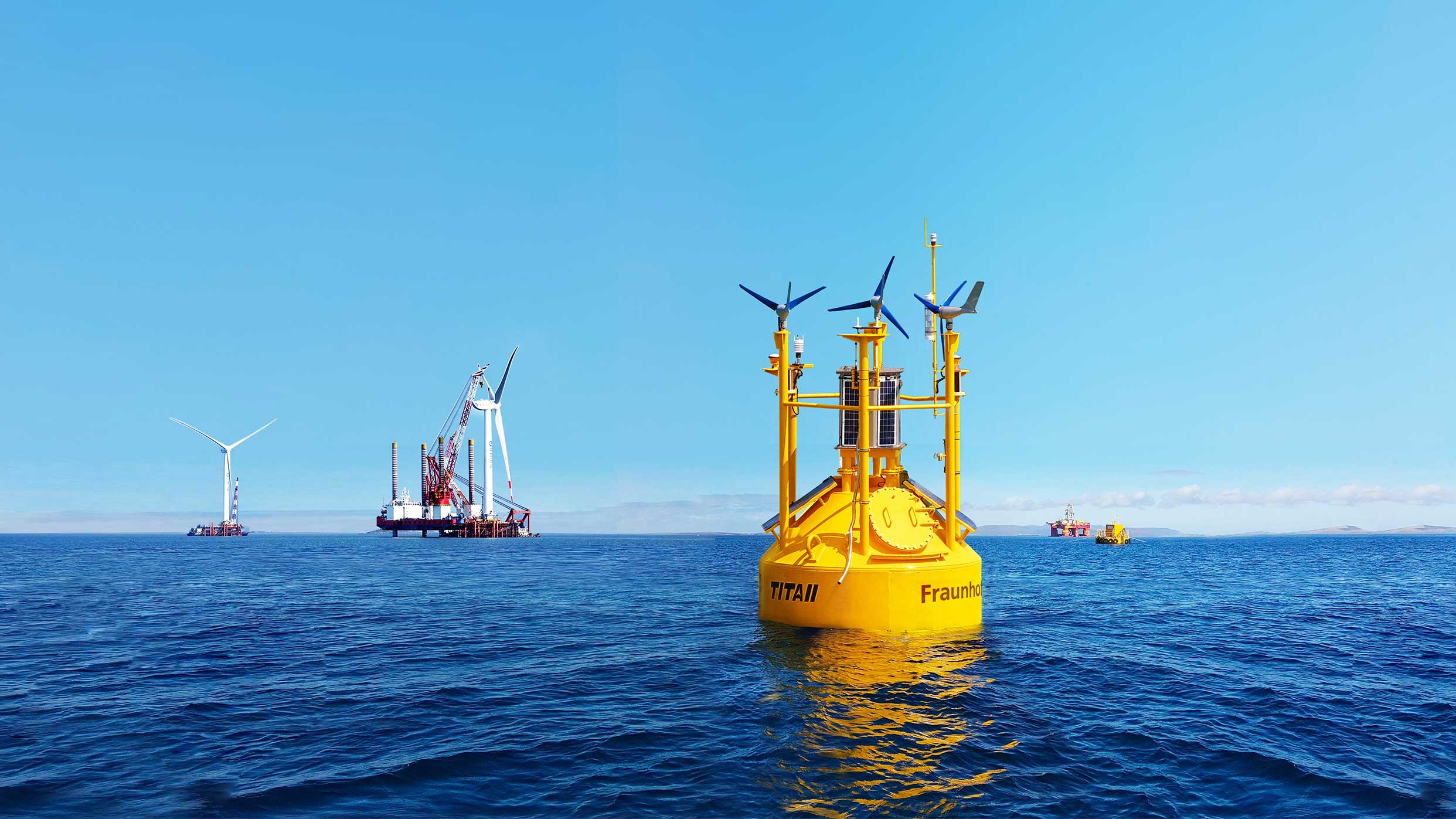Not only via drilling methods but also by smarter, more flexible support systems, offshore oilfield development is changing. Mooring is one of the quiet powerhouses driving this change; it is the vital link anchoring floating constructions to the seabed, hence guaranteeing stability in the face of the ocean’s erratic forces. Traditional systems do not satisfy the needs of scalability and robustness when offshore exploration enters deeper, more difficult areas. Engineers and inventors are pushing limits, creating marine mooring devices able to survive deeper waters, stronger currents, and changing weather patterns without sacrificing operating efficiency or safety.
Enhancing Structural Stability Offshore
The sea is not a forgiving setting. Even the most sophisticated offshore rigs are tested by waves, winds, and currents. New marine technologies include smart anchoring systems meant to react dynamically to environmental stresses in order to solve this. These solutions let floating platforms stay safe while allowing greater design and location freedom. Digital modeling and real-time monitoring now enable precise control of buoyancy, tension management, and seafloor interactions. These developments give offshore crews more control and insight over operations. Not only for safety but also for preserving ongoing production and safeguarding expensive machinery from structural stress, this stability is absolutely crucial.

Supporting Deepwater Energy Ambitions
Searching for oil and gas in ultra-deepwater areas is becoming an actual reality rather than a dream. Traditional anchoring techniques fail with resources buried thousands of meters below the surface; mooring developments come to the fore to address that. While lowering environmental impact and maintenance requirements, advanced systems like taut-leg and hybrid spread configurations provide deployment flexibility. These systems are strong because of their flexibility. Modern anchoring systems range from transportable drilling rigs to floating production storage and offloading units, allowing quicker setup, longer field life, and lower risk. Operators may respond to circumstances and maximize production by means of data-driven insights and real-time operational fine-tuning.
Driving Collaboration And Efficiency
Marine technology development is not occurring in isolation; rather, it is the outcome of strong cooperation among offshore project managers, software developers, and marine engineers. The common aim is to design more autonomous, smarter systems that minimize human involvement and simplify logistics without compromising control. Offshore project deadlines are shortening as more stakeholders use these technologies, thereby increasing efficiency. The effect is obvious: less downtime, lower prices, and more flexibility in unknown areas. Innovation is opening new possibilities for oilfield growth in locations hitherto considered unattainable by changing the way marine infrastructure supports energy extraction.

